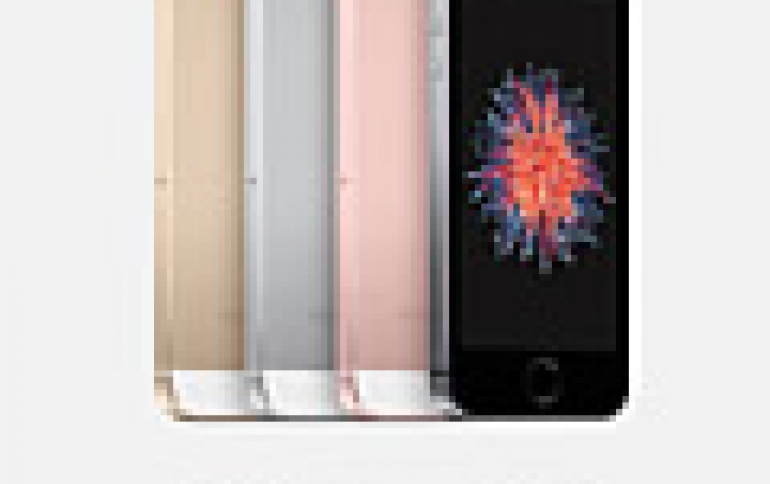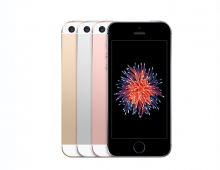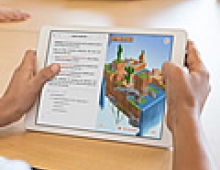
Some Thoughts About The New iPhone SE
Apple has started taking orders for the new iPhone SE with shipments due in a week, so let's see what you really get with this smartphone and whether it cause a boost to iPhone shipments. In short, Apple's iPhone SE offers:
- 4 inch screen
- Apple A9 processor, M9 motion co-processor, graphics, Apple Pay support - all as the iPhone 6S
- 12MP camera, with focus pixels, true tone flash, 4K video, live photo support, but only a 1.2MP front camera which is less than the iPhone 6S
- Cat4 LTE up to 150Mbps, unlike the Cat6 in the iPhone 6S
- 802.11ac WiFi

So with the iPhone SE, you get the same 12-megapixel rear camera that's in the larger iPhone 6S, but for $250 less, at about $400. At that price, you also get the same performance and graphics capabilities.
On the other hand, the SE has an older 1.2-megapixel camera - not the 5 megapixel one in the 6S. But Apple says that software improvements would make selfies taken with the SE better compared with the iPhone 5S it replaced. In addition, the SE's screen turns into a front-camera flash.
Although you get the same rear camera as the 6S, you don't get an image-stabilizing feature found in the iPhone 6S Plus. However, you get the same options for panorama shots, slow motion and high-resolution "4K" video.
The SE lacks a barometer, 3D Touch, and it doesn't support "LTE Advanced" cellular technology, which can be twice as fast as regular LTE. Obviously, Apple is saving costs here, by including only category 4 LTE support, rather than the faster category 6 in the iPhone 6S, or the category 9 in some of the latest competitor flagship models.
For some power-users, the SE will also offer "limited" storage, as it doesn't come in a version with 128GB on board - just 16GB for starters and 64GB for $100 more.
Apple is promising a battery life for video and Web surfing for the iPhone SE at 13 hours - a few hours better than the 6S. Thi s energy savings should be atributed to the smaller screen.
In addition, a new wireless chip enables payments with Apple Pay, and the SE also offers faster Wi-Fi, though not as fast as the 6S. You can also access the Siri voice assistant anytime hands-free, without pressing the home button.
The SE's $400 price is $50 less than what the 5S sold for. If your 5S is in good condition, you can trade it in at an Apple store and get the SE for $240, in 24 monthly installments.
Are these enough?
Apple has obviously shosen to release a new smaller screen iPhone SE because the majority of iPhone models in active use are models with small screens. Of iPhone models in active use, 29% are iPhone 5 models with four inch screens, and 23% are even older iPhone models with screens sized just three and one half inches.
Importantly, Apple's competitors have chosen not to target the premium compact smartphone market. So the iPhone SE increases the differentiation of the iPhone portfolio from Samsung, LG and other Android smartphone makers because it offers high end smartphone experience and camera in a compact design.
The only Android smartphone maker to persist with premium compact designs, Sony, has moved away from this approach with its just announced X series model because all three upcoming models offer a relatively large 5 inch screen.
Apple expects that the return to a compact iPhone will cause a similar boost to iPhone shipments as the company enjoyed last year with the release of the larg iPhone 6S series. However, analysts including IHS expect iPhone shipments to decline in 2016 by 7 percent year on year.
Apple is expected to launch the new iPhone 7 in September, but obviously an earlier launch around June could offer three months more for the new unit to be on sale.
There no clues about the possible improvements in the iPhone 7 yet. An improved iPhone 7 design could change the market trajectory for the iPhone and trigger current smartphone owners to upgrade from their already good existing smartphones.

















